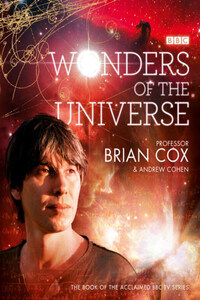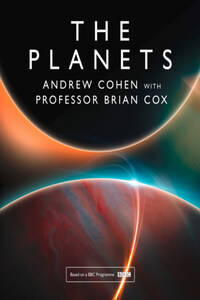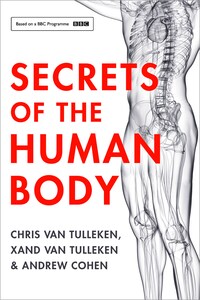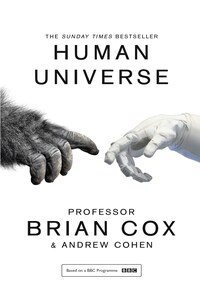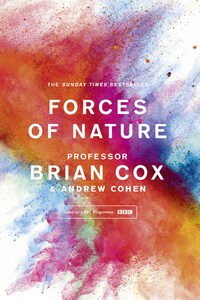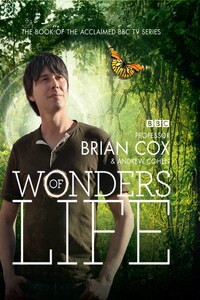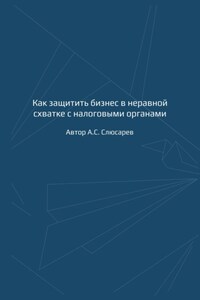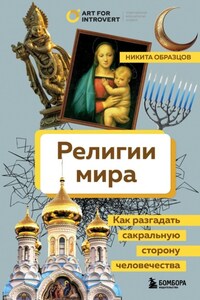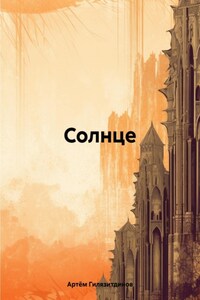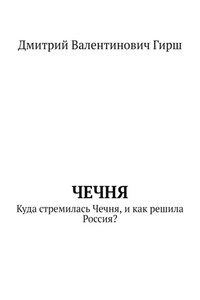For Mum, Dad and Sandra – none of this would have been possible without you
Brian Cox
For my dad, Geof Cohen (1943–2007)
Andrew Cohen
HarperCollins Publishers
1 London Bridge Street
London SE1 9GF
www.harpercollins.co.uk
The BBC logo is a trademark of the British Broadcasting Corporation and is under licence.
BBC logo © BBC 1996
The authors assert their moral right to be identified as the authors of this work.
WONDERS OF THE UNIVERSE. Text © Brian Cox and Andrew Cohen 2011. All rights reserved under International and Pan-American Copyright Conventions. By payment of the required fees, you have been granted the non-exclusive, non-transferable right to access and read the text of this e-book on-screen. No part of this text may be reproduced, transmitted, down-loaded, decompiled, reverse engineered, or stored in or introduced into any information storage and retrieval system, in any form or by any means, whether electronic or mechanical, now known or hereinafter invented, without the express written permission of HarperCollins e-books.
A catalogue record for this book is available from the British Library.
Ebook Edition © MARCH 2011 ISBN: 9780007413379
Version 2017-02-03
THE UNIVERSE
At 13.7 billion years old, 45 billion light years across and filled with 100 billion galaxies – each containing hundreds of billions of stars – the Universe as revealed by modern science is humbling in scale and dazzling in beauty. But, paradoxically, as our knowledge of the Universe has expanded, so the division between us and the cosmos has melted away. The Universe may turn out to be infinite in extent and full of alien worlds beyond imagination, but current scientific thinking suggests that we need it all in order to exist. Without the stars, there would be no ingredients to build us; without the Universe’s great age, there would be no time for the stars to perform their alchemy. The Universe cannot be old without being vast; there may be no waste or redundancy in this potentially infinite arena if there are to be observers present to gaze upon its wonders.
The story of the Universe is therefore our story; tracing our origins back beyond the dawn of man, beyond the origin of life on Earth, and even beyond the formation of Earth itself; back to events – perhaps inevitable, perhaps chance ones – that occurred less than a billionth of a second after the Universe began.
AN ANCIENT WONDER
On Christmas Eve 1968, Apollo 8 passed into the darkness behind the Moon, and Frank Borman, Jim Lovell and William Anders became the first humans in history to lose sight of Earth. When they emerged from the Lunar shadow, they saw a crescent Earth rising against the blackness of space and chose to broadcast a creation story to the people of their home planet. A quarter of a million miles from home, lunar module pilot William Anders began:
‘We are now approaching lunar sunrise and, for all the people back on Earth, the crew of Apollo 8 has a message that we would like to send to you.
In the beginning God created the heaven and the Earth.
And the Earth was without form, and void; and darkness was upon the face of the deep. And the Spirit of God moved upon the face of the waters.
